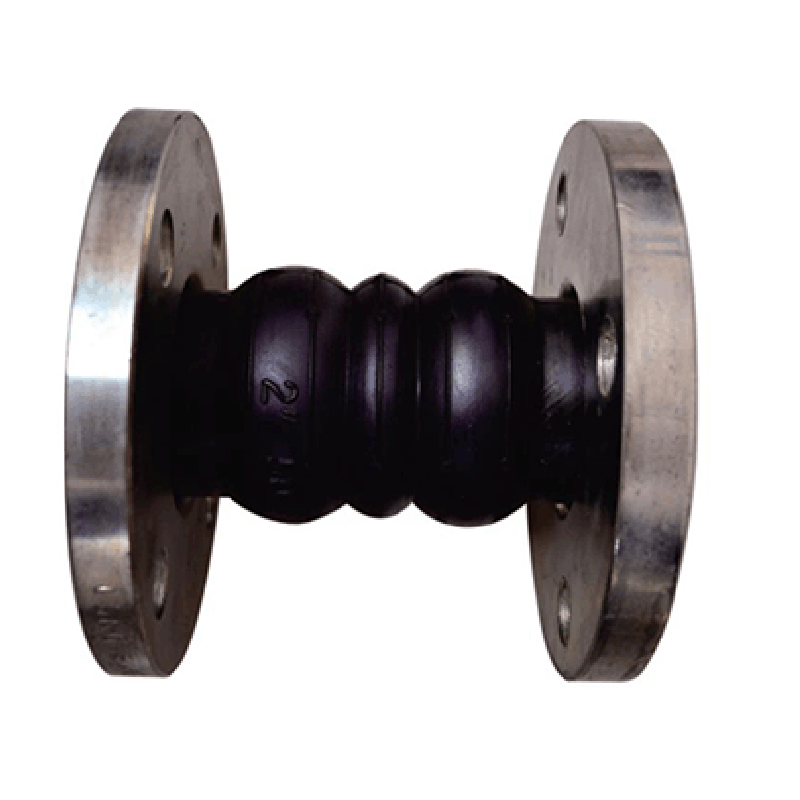nóv . 11, 2024 22:34 Back to list
flange butterfly valve
Understanding Flange Butterfly Valves An Essential Component in Fluid Control
Flange butterfly valves are a crucial part of modern fluid control systems. As industries strive for efficiency and reliability, these valves have gained popularity due to their unique design and functionality, making them ideal for various applications including water treatment, chemical processing, and HVAC systems.
What is a Flange Butterfly Valve?
A flange butterfly valve consists of a circular disk or vane that pivots within the pipeline. Its design is relatively simple yet effective. The valve is mounted between two flanges in a pipeline, making it easy to install and secure. The valve’s operation is straightforward—by turning the handle, the disk rotates a quarter turn to either open or close the flow path.
The construction of flange butterfly valves allows for minimal pressure drop when they are in the fully open position. This efficiency is vital in systems where maintaining pressure is essential, and it contributes to lower energy costs over time.
Key Features and Benefits
1. Compact Design One of the most significant advantages of flange butterfly valves is their space-saving design. Compared to other valve types, they occupy less space, which is beneficial in tight installations.
2. Lightweight Construction Flange butterfly valves are generally lighter than other counterparts like gate or globe valves. This attribute simplifies installation and reduces the load on support structures in a piping system.
3. Cost-Effective Their simple design reduces manufacturing costs and, thus, the price for end-users. Additionally, the maintenance costs are lower due to fewer moving parts compared to more complicated valve types.
flange butterfly valve

4. Quick Operation The quarter-turn operation of a butterfly valve allows for rapid opening and closing. This is especially valuable in emergency situations where immediate modulation of flow is critical.
5. Wide Range of Applications Flange butterfly valves can handle various fluids, including water, slurries, and gases, making them versatile for many industries, from municipal water systems to industrial processes.
Types of Flange Butterfly Valves
Flange butterfly valves come in various designs suited to specific applications. Some common types include
- Wafer Type This design is sandwiched between two flanges and is generally lighter, making it an excellent option for low-pressure applications. - Lug Type Utilized in situations where the valve must be removed for maintenance without disrupting the pipeline, lug-type butterfly valves have threaded holes for bolts on each side, allowing for easy disassembly. - Double Flanged These valves are bolted directly to the flanges on both sides, providing a sturdy and secure installation suitable for high-pressure applications.
Applications in Industry
Flange butterfly valves are prevalent in various sectors. In water treatment plants, they help regulate flow and manage pressure levels. In chemical processing, they control the flow of corrosive substances. HVAC systems utilize these valves to ensure efficient airflow and temperature regulation, demonstrating their versatility across industries.
Conclusion
In conclusion, flange butterfly valves play a vital role in fluid control systems, offering a combination of efficiency, cost-effectiveness, and ease of use. Their compact design and simple operation make them ideal for a wide array of applications. As industries continue to seek reliable and efficient solutions, the importance of flange butterfly valves in maintaining operational efficiency cannot be overstated. Understanding their features and applications allows engineers and decision-makers to choose the right valve for their specific needs, ultimately leading to enhanced performance and reduced operational costs.
Share
-
Advanced Technology in Wire and Cable FactoryNewsAug.19,2025
-
Applications of Ball Check Valve in Water Treatment PlantsNewsAug.19,2025
-
How Osy Gate Valve Ensures Leak - Tight SealingNewsAug.19,2025
-
Selection Criteria for Wafer Type Butterfly ValveNewsAug.19,2025
-
Threaded Ball Valve Pressure RatingsNewsAug.19,2025
-
Y Strainer PN16 Cost - Effectiveness AnalysisNewsAug.19,2025


